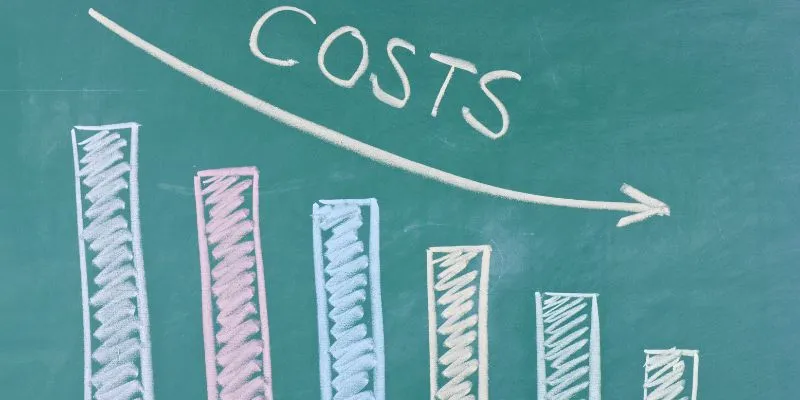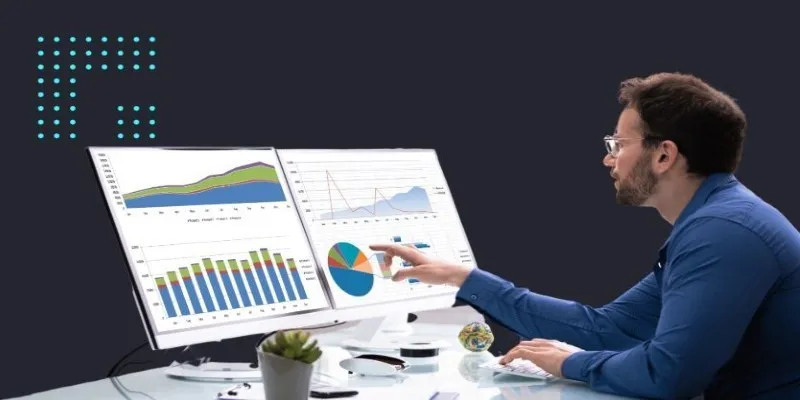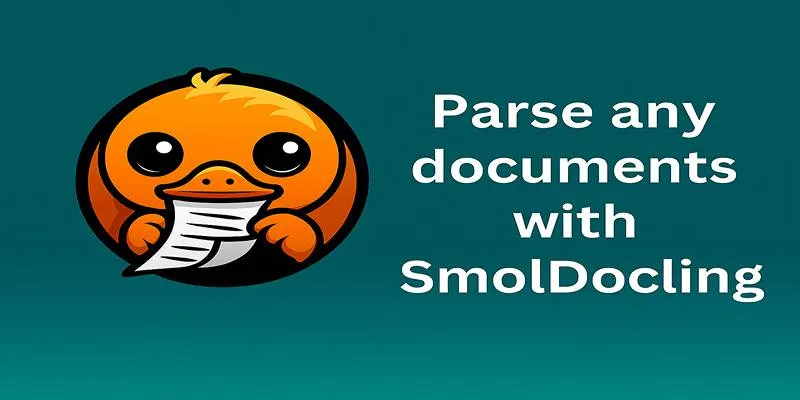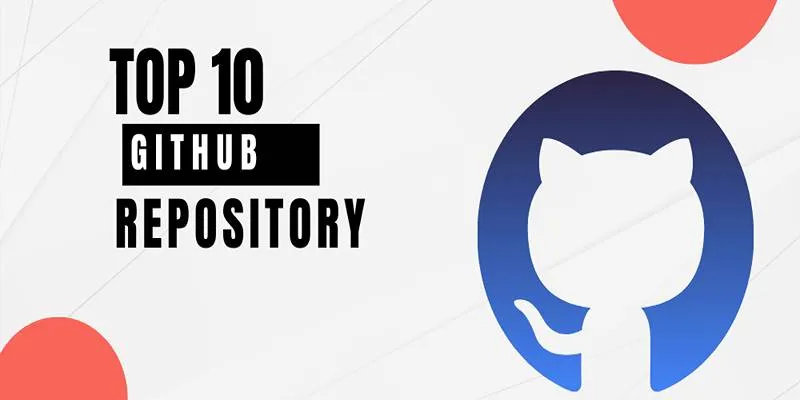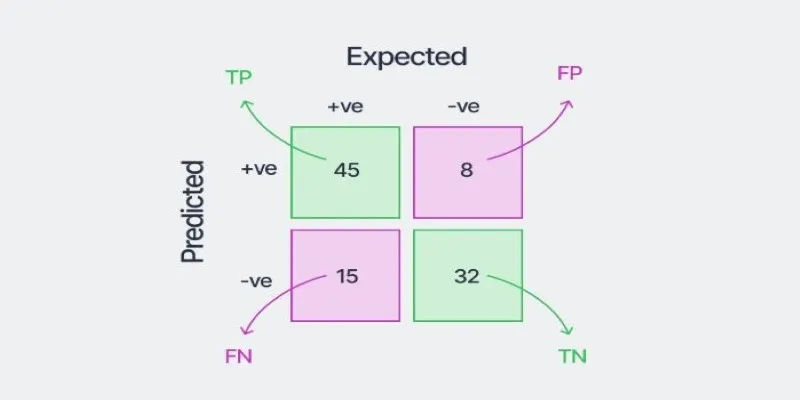Time series analysis is more than just crunching numbers—it’s about uncovering the patterns that shape the world around us. From predicting market trends to understanding climate change, time series forecasting is a skill that powers decision-making across industries. However, mastering it can feel daunting, especially with the variety of models and techniques available.
That’s where a good book comes in. Whether you’re just getting started or looking to refine your skills, the right resources can help you navigate this complex field. In this article, we’ll explore the 10 best books on time series analysis to guide you every step of the way.
Top 10 Time Series Analysis Books
Let’s unpack what makes each of them worth your valuable time and how they can sharpen your understanding of time series forecasting.
Time Series Analysis: Forecasting and Control by Box, Jenkins, Reinsel, and Ljung
When it comes to time series analysis, Box-Jenkins is often the first name that comes up. A foundational text in the field, this book has guided countless students and professionals for decades. It dives deep into ARIMA models, model diagnostics, and control strategies with a clear, logical structure that builds your expertise step by step. Whether you’re a beginner or advancing your skills, the book offers something for everyone. Recent editions also include valuable insights on model validation and computational implementation, ensuring its relevance for both academic learning and real-world applications in today’s data-driven world.
Introductory Time Series with R by Cowpertwait and Metcalfe
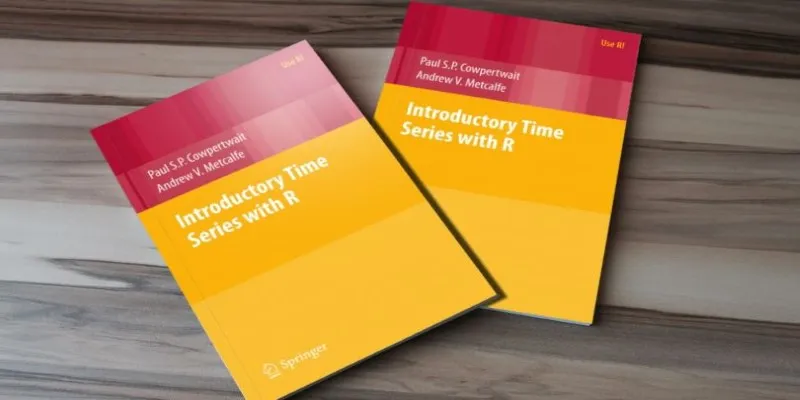
This one’s perfect if you like learning time series forecasting while directly working inside of R. It’s written in a friendly tone and works its way through standard models—ARIMA, exponential smoothing, and seasonal decomposition—along with actual R code. The book is very light on theoretical abstractness and heavy on application, so it’s a good fit for analysts or students who primarily learn by doing.
Forecasting: Principles and Practice by Hyndman and Athanasopoulos
This book is widely praised for its clarity and practicality. It’s available for free online and integrates well with the forecast package in R. What sets this book apart is how it teaches forecasting as a thinking process. The authors focus on interpretability and evaluation, helping you choose models based not just on accuracy but also on purpose and simplicity. It’s also updated regularly, which is rare and incredibly valuable in a fast-moving space like time series forecasting.
Practical Time Series Forecasting with R: A Hands-On Guide by Galit Shmueli
Another approachable yet insightful text, Shmueli’s book, aims to bridge the gap between theory and application. It’s particularly useful for students in business and economics, as it includes datasets and examples from those domains. The book breaks down each method with real data and emphasizes the forecasting process—starting with exploratory analysis and ending with model evaluation. It’s a useful resource if you want to learn how time series forecasting works in professional settings.
Applied Time Series Analysis by Wayne A. Woodward, Henry L. Gray, and Alan C. Elliott
This book is more traditional and leans toward statistical depth. It’s ideal for graduate students or professionals who already have a background in regression and probability. You’ll find clear explanations of ARIMA, state-space models, and frequency domain methods like spectral analysis. It’s dense but thorough, and it’s a strong choice if you’re working with time series in research or high-level analytics.
Elements of Forecasting by Francis X. Diebold
This entry-level text strikes a perfect balance between clarity and academic rigor. It avoids complex math and uses intuitive explanations with examples from finance and macroeconomics. While it’s not heavily focused on programming, it builds a solid theoretical base for advanced study. The well-structured chapters highlight the often-overlooked skill of evaluating forecasts, making it ideal for beginners.
The Analysis of Time Series: An Introduction by Chris Chatfield
Chatfield’s book has stood the test of time for good reason. It offers a gentle yet detailed introduction to time series modeling, including autoregressive models, moving averages, and spectral methods. One of its best features is the plain English writing style—it doesn’t try to impress with jargon. This makes it particularly useful for self-study. It’s not software-specific, but the theory translates well into R or Python workflows for time series forecasting.
Hands-On Time Series Analysis with R by Rami Krispin
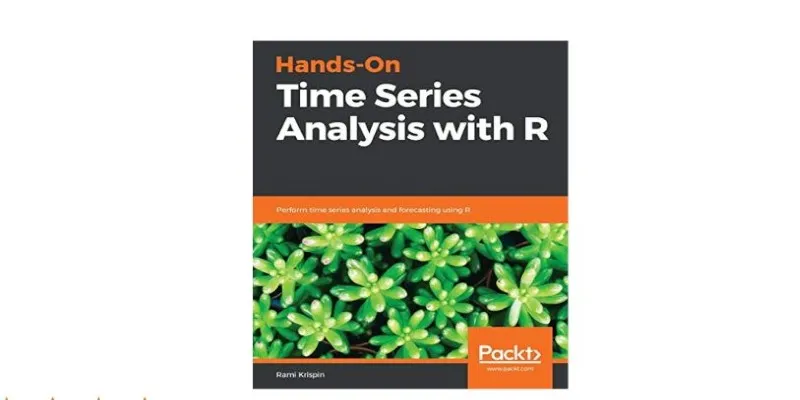
Krispin’s book is tailored for those who prefer working through practical examples in R. It covers classical methods like ETS and ARIMA but also touches on more modern approaches, including machine learning. The structure is user-friendly, with each chapter walking you through the process of loading, cleaning, modeling, and validating time series data. It’s a good bridge between academic theory and real-world forecasting needs.
Time Series Analysis and Its Applications: With R Examples by Shumway and Stoffer
This is another academically rigorous book that’s also loaded with practical tools. It covers everything from ARIMA models to multivariate time series and dynamic linear models. The companion R package (astsa) makes it easy to run the examples yourself. This book is especially helpful for students or professionals looking to transition from traditional statistics into time series analysis with code-ready tools for forecasting.
Deep Learning for Time Series Forecasting by Jason Brownlee
For those looking to step beyond classical models, Brownlee’s book is a valuable asset. It dives into neural networks, LSTM models, and the use of deep learning in time series forecasting. It’s written in plain language and includes Python code samples throughout. The real strength here is its hands-on approach—you build everything from scratch using Keras and TensorFlow. If your interest leans toward modern AI-driven forecasting methods, this is a strong starting point.
Conclusion
Selecting the right book on time series analysis depends on your current knowledge and goals. Whether you’re just starting or seeking advanced techniques, the books listed here provide a solid foundation in both traditional and modern forecasting methods. By diving into these resources, you’ll develop the skills needed to analyze and predict time-dependent data accurately. With the right tools, mastering time series analysis becomes an achievable and rewarding journey.
 zfn9
zfn9
